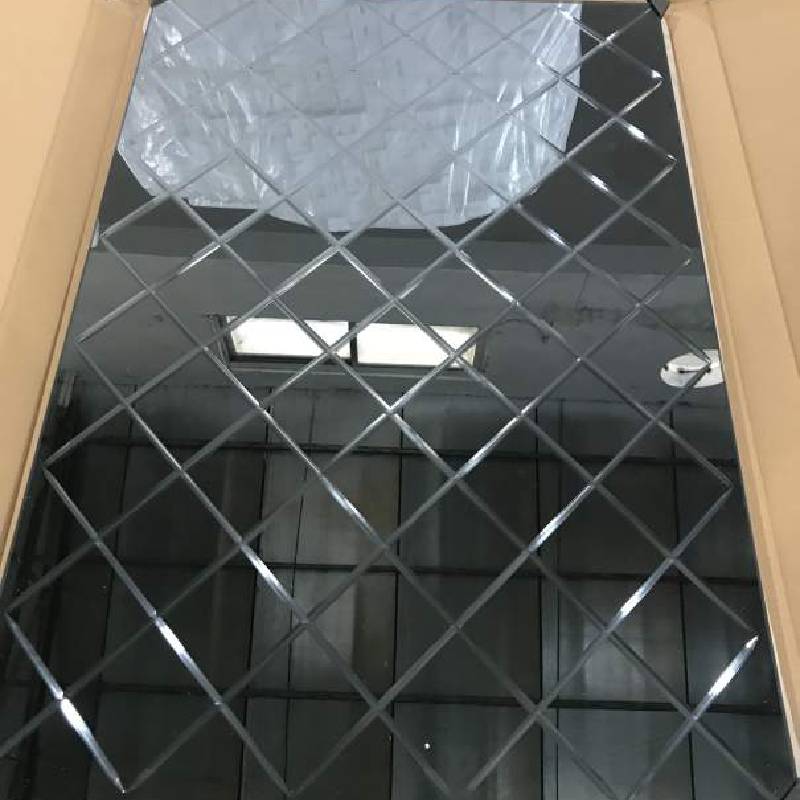Sep . 02, 2024 12:26
Tempered glass, also known as toughened glass, is a popular choice for both commercial and residential applications due to its enhanced strength and safety features. This type of glass undergoes a special heating and cooling process that increases its durability compared to standard glass. Understanding the various tempered glass varieties is essential for architects, builders, and homeowners alike, as each type offers distinct characteristics suited for different applications.
One of the most common varieties of tempered glass is clear tempered glass. This type provides excellent visibility while maintaining high strength. It is often used in windows, doors, and facades where transparency is desired. Clear tempered glass is also quite versatile, allowing for a sleek aesthetic in modern architectural designs.
Tempered glass, also known as toughened glass, is a popular choice for both commercial and residential applications due to its enhanced strength and safety features. This type of glass undergoes a special heating and cooling process that increases its durability compared to standard glass. Understanding the various tempered glass varieties is essential for architects, builders, and homeowners alike, as each type offers distinct characteristics suited for different applications.
Laminated tempered glass is another significant variety. This glass consists of two or more layers of tempered glass bonded together by an interlayer, typically made of polyvinyl butyral (PVB). This laminate provides additional security, as it holds together even when shattered, making it a fantastic option for areas requiring sound insulation and enhanced safety, such as in storefronts or balustrades.

Frosted tempered glass, characterized by its opaque surface, is often used for privacy purposes. This type is ideal for bathrooms, office partitions, or any space where light transmission is needed without sacrificing privacy. The frosted finish not only adds a level of discretion but also lends a stylish and contemporary touch to interior designs.
Lastly, reflective tempered glass offers a unique aesthetic as well as practical benefits. This variety has a reflective coating, making it perfect for heat control and reducing glare. It is commonly used in skyscrapers and commercial buildings where energy efficiency is a concern, helping to regulate indoor temperatures and reduce energy costs.
In conclusion, the variety of tempered glass options available allows for versatile uses across multiple sectors. From clear and low-iron to laminated, frosted, and reflective types, each variety serves specific functions while maintaining safety and durability. Understanding these varieties can help in making informed choices that enhance both the functionality and aesthetics of any project.
The Role of Mirror Glass in Luxury Interior Design
NewsJun.23,2025
The Best Textured Glass for Bathroom Windows
NewsJun.23,2025
Residential Glazing Energy Efficiency Requirements
NewsJun.23,2025
Float Glass Uses
NewsJun.23,2025
Clear Float Glass For Solar Panel Covers
NewsJun.23,2025
Benefits Of Using A Glass Mouse Pad Over Traditional Ones
NewsJun.23,2025